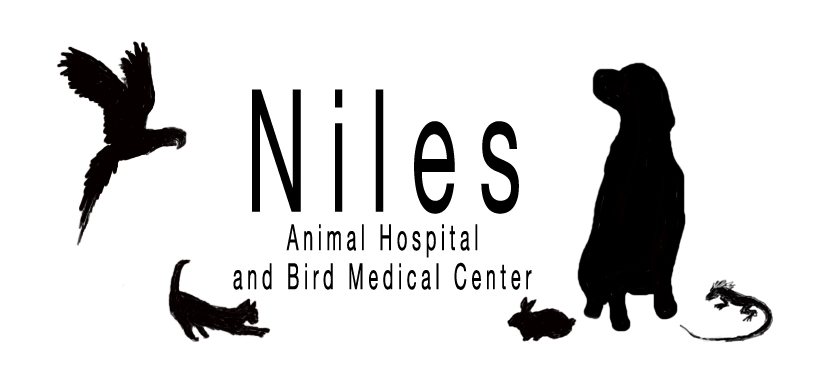Original article posted by Mollie Bloudoff-Indelicato in Weird & Wild on February 6, 2013
In an Exorcist-style display of flexibility, owls can rotate their necks a maximum of 270 degrees without breaking blood vessels or tearing tendons.
To the untrained eye, it looks like a case of movie magic, but scientists at Johns Hopkins University School of Medicine now have data to explain the eerie skill that has baffled birders for years. (Check out National Geographic’s backyard bird identifier.)
Whereas people and other animals can simply move their eyes to follow an object or use peripheral vision to scan a room, owls must turn their heads for the same effect. These birds have fixed eye sockets, which means their eyeballs can’t rotate, forcing them to stretch their necks—a seemingly supernatural feat.
“In the case of birds, their systems are designed to handle that amount of movement,” said Eric Forsman, a wildlife biologist for the U.S. Forest Service, who was not part of the study. “The tissue, the blood vessels are designed to flex—things don’t just snap.”
Turning Heads
Owls are more flexible than humans because a bird’s head is only connected by one socket pivot. People have two, which limits our ability to twist, Forsman added. Owls also have multiple vertebrae, the small bones that make up the neck and spine, helping them achieve a wide range of motion.
Yet, even with these skeletal advantages, a bird’s body shouldn’t be able to withstand such extreme levels of movement. In people, a spinning head would cause all kinds of internal bleeding and breakage.
For the new research, the Johns Hopkins team obtained 12 dead birds from educational centers and created 3-D images of the animals’ blood vessels and bones. The scientists also injected the carcasses with dye and liquified red plastic to preserve their arteries before dissection, according to a summary of their research on the U.S. National Science Foundation website.
The team discovered owls have backup arteries, which offer a fresh supply of nutrients when blood vessels get closed off by rapid turning. Their arteries also swell to collect any excess blood created in the process.
Eerie Ability Not Unique
It’s a powerful adaptive trait, Forsman said, but it’s not unique. Plenty of birds have a similar ability to look behind them. Red-tailed hawks, for example, are almost as flexible as their nocturnal cousins.
“There are lots of advantages to being able to look over your shoulder and see something coming—if you’re trying to avoid predators or detect prey,” he said. (Watch a video of an owl hunting prey.)
Owls might not be distinctive within the animal kingdom, but they do have the corner on Hollywood horror flicks. With their bulbous eyes and haunting calls, these birds can swivel their way from one thriller to the next.
The head-turning study won first place in the Posters category of the 2012 International Science & Engineering Visualization Challenge.
